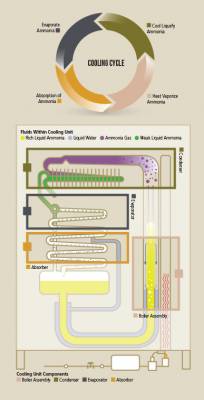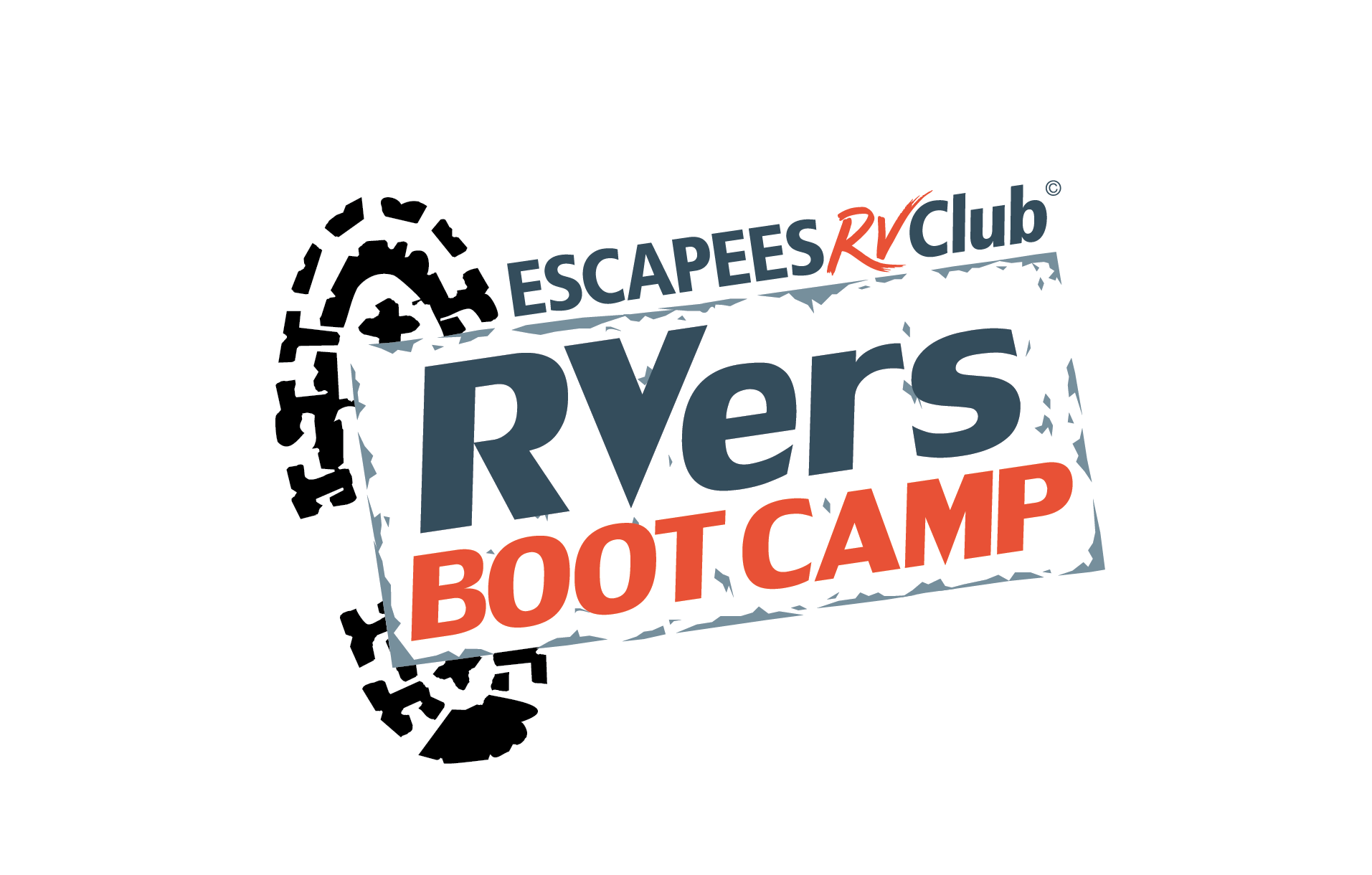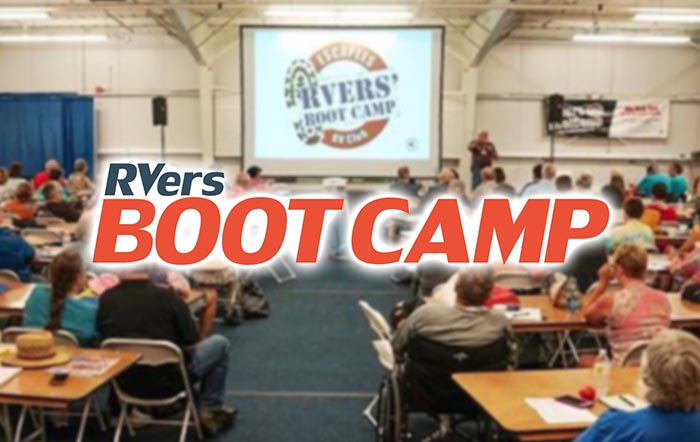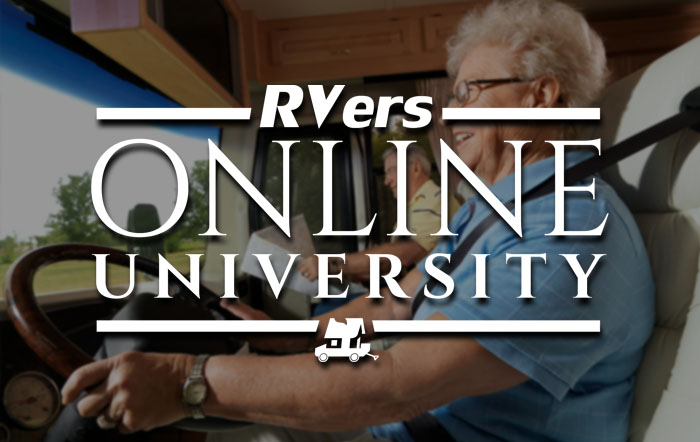
By Paul Unmack, PE-CSE, ME #116483
Your RV gas/electric refrigerator is one of the great RV mysteries. It’s a device that somehow makes cold from either propane or electricity. No longer are we tied to an AC outlet to keep our food and drink fresh, allowing us great flexibility in our choice of camping locations. Yet, though we depend on this appliance every day, we really don’t understand how it works.
In this and future articles on Dometic and Norcold-type RV refrigerators, I will explain how the absorption refrigeration system works and discuss basic maintenance and troubleshooting. It is my hope that this information will help you solve your refrigerator problems and also help you explain to your favorite RV technician why it isn’t working.
Salt, Moonshine and Your RV
 The RV refrigerator is a marvel of simplicity, using no pumps or compressors and few moving parts. So, what does your RV refrigerator have to do with salt and moonshine? Well, it may be more than you think.
The RV refrigerator is a marvel of simplicity, using no pumps or compressors and few moving parts. So, what does your RV refrigerator have to do with salt and moonshine? Well, it may be more than you think.
Your RV refrigerator uses an ancient method for producing refrigeration: distillation and evaporation. Because we like traveling and history, I would like to take us to the world’s oldest pipeline. This pipeline transported brine (salt water) from the salt mines above Hallstatt in Austria to a distillation plant that separated the salt from water. At the end of the pipeline were vats that had fires under them. As the water evaporated, salt was deposited at the bottom of the vats. Put salt in water and it dissolves; pipe it where you want it, then use distillation to return the salt to crystal form.
Another example of distillation is the process of making moonshine. After corn or grain is fermented, the alcohol needs to be separated from the yeast and the mash that they were feeding on. When heating the mixture, because alcohol boils at a low temperature, it turns to steam. The alcohol steam is then cooled and condensed into moonshine.
Basically, your RV refrigerator takes two liquids, ammonia and water, and separates them using the distillation process. The boiler assembly heats the two liquids in the refrigerator holding tank. The ammonia is the refrigerant, and the water simply transports it. Just as salt dissolves in water, ammonia is soluble in water as well, and it has a lower boiling point than water. Your refrigerator boiler separates the ammonia from the water the same way the moonshine still separates the alcohol from the grain mash. Circulating through the cooling system, the ammonia cools the refrigerator by evaporation, and then the ammonia and water recombine to start the whole process over again. Really, it is that simple.
The Devil Is in the Details
So, heat water and ammonia, evaporate the ammonia, and then make ammonia and water mix again to start the whole cycle over—cool! At least, that is how it is supposed to work.
To explain the refrigeration cycle in detail, let’s start with heating the water and ammonia mixture. All your heat source for your refrigerator does is boil the ammonia to separate it from the water. Just like a percolator coffeepot, there is a percolator tube within the boiler assembly. When the ammonia is turned to gas by boiling, the remaining liquid water is forced up the percolator tube. At the top of the percolator tube, the water drops down by gravity and the ammonia gas rises. Voilà, the two parts are separated.
Let’s forget about the water for now; we will get back to it at the end of the absorption cycle. The gas rises to the condenser. The condenser is where the pure ammonia gas is converted back to liquid again. From the condenser, the liquid ammonia flows by gravity to the evaporator, which is inside your refrigerator. The evaporation of the ammonia is what cools the fridge. We have all felt evaporation work to cool us. When water evaporates on your skin, it absorbs heat and cools you down.
So now we can see the steps needed to cool your refrigerator: Ammonia has been boiled to turn it into gas, cooled to make it into liquid and then by evaporation, the ammonia turns into a gas again. There is one step needed to complete the cycle; the ammonia needs to become liquid again. Here is where the water from the boiler comes in.
The water from the boiler flows into the top of the absorber coil. The ammonia gas from the evaporator also flows into the absorber coil. Ammonia and water really like each other, and they like each other so much that ammonia would rather be a liquid within the water than a gas. Thus, the water from the boiler absorbs the ammonia gas, thereby completing the absorption refrigeration cycle.
What Could Go Wrong?
Our family has a Servel refrigerator made in 1937. This refrigerator is over 76 years old and it has had little work done on it. Now, how is that for being dependable? This proves that there is not much to go wrong with your refrigerator when it is sitting level with plenty of air to help it cool. When you put the same fridge into an RV, everything changes.
The flow of the fluids within the cooling unit is critical, and the most common way to destroy one of these refrigerators is to operate it off-level. The fluids within the cooling unit are designed to be pumped uphill by the percolator pump, then all of the fluids flow back downhill to the percolator pump by the angle of the pipes in the cooling unit. Change the angle of these pipes and the fluids will not return to the percolator pump. This can quickly destroy your refrigerator.
Will the Circle Be Unbroken?
There are many examples of cycles in life and physical phenomena. The cycle of water is a fun one. We play on the beach and notice that the water evaporated to form clouds. The clouds transport the water vapor to the mountains where snow falls and we ski on the water again. The snow melts and fills the river and we boat on the rivers as the water returns to the sea. It would be disaster if the sun quit shining and evaporation stopped. Life as we know it would end, and such is the case with your ammonia refrigerator. If the ammonia quits passing from one phase to the next in the cycle, the cycle stops.
I had a 35-year-old, reliable Dometic refrigerator in a camper that ran only on LP gas. Since I could not run it while driving due to the wind blowing the flame out, I installed an automatic igniter. Now I could run the refrigerator while driving, but I managed to kill it by causing the refrigeration cycle to stop. This happened when I came upon a broken down RV. I parked my camper off-level to help a fellow RVer and forgot to shut the refrigerator off. I was only parked that way for half an hour, but it was long enough for the refrigerator to self-destruct because the ammonia pooled in the tilted cooling unit tubing and stopped the cycle.
What happened? When the percolator pump quit pumping because the ammonia was not returning to it, the boiler overheated and permanently ruined a cooling unit that had been working perfectly for many years. The good news is that no one has to face failure of their RV refrigerator in this manner anymore. I am a controls system engineer, and motivated by my error and the destruction of my refrigerator, I designed the ARP Control, a device that solves this issue and other refrigerator problems. (See our ad on this page.)
In future articles, I will discuss what is required to keep the absorption refrigeration cycle continuous and will focus on the various parts of the cycle and what can go wrong. I will cover the boiler assembly and the heat that drives the refrigeration cycle next time. My wife, Mao, and I welcome questions. If you would like to see a specific topic discussed, or have a question answered, send us an e-mail to arprvsafe@gmail.com, or write to 190 Rainbow Dr., #9086, Livingston, TX 77399-1090.
Paul and Mao Unmack are mechanical engineers. Paul ran an automotive repair business in Red Lodge Montana for 20 years before receiving his engineering degree. He has practiced nuclear, fire suppression and industrial process control systems design. Mao designed pressure vessels for ammonia plants in China for 12 years, then came to the U.S. to get a masters of welding engineering. She designed biodiesel plants and worked for a government funded research and development organization. Paul and Mao run the entire ARP Control business while taking on engineering consulting gigs.











2 Responses